- The Bottom Line, Up Front
- Why Paying Contractors Is Different from Payroll
- The Challenges I See Most Often
- Three Ways to Pay Independent Contractors
- Option 2: Checks
- Option 3: Digital Payment Platforms (Melio, PayPal, Venmo Business, etc.)
- Why I Find Myself Leaning Into Melio:
- How to Pay Independent Contractors: Step by Step
- Which Method Should You Choose?
- Bottom Line
Last Updated on September 4, 2025 by Ewen Finser
As a CPA, I’ve spent a long time advising small business owners, contractors, and entrepreneurs on the ins and outs of paying employees, vendors, and independent contractors. What sounds straightforward, writing a check for services, quickly becomes complicated when you factor in compliance, cash flow, taxes, and the practical reality of running a business.
The Bottom Line, Up Front
Paying independent contractors is not the same as running payroll. It comes with its own set of challenges.
You have three main options: bank transfers, checks, or digital payment platforms. Bank transfers are reliable but lack built-in tracking. Checks are simple but outdated and inefficient.
Digital platforms like Melio, PayPal, or Venmo Business offer the most flexibility, with Melio standing out for its free ACH payments, credit card flexibility, and built-in 1099 reporting. As a CPA, I’ve found businesses that adopt a structured, digital-first system reduce stress, improve contractor relationships, and make tax season far easier.
Why Paying Contractors Is Different from Payroll
When you hire an employee, you have payroll systems in place: W-2s, withholding, benefits, and payroll taxes. Independent contractors, on the other hand, fall under the 1099 system. That means:
- No tax withholding: Contractors pay their own income and self-employment taxes.
- Fewer compliance requirements upfront: You don’t have to remit payroll taxes, but you do need to issue a 1099-NEC if payments exceed $600.
- Varied expectations: Some contractors expect instant digital payments. Others are fine with mailed checks.
The problem that I find most business owners have to face is finding a method that balances cost, convenience, speed, and recordkeeping.
The Challenges I See Most Often
Based on years of working with clients, three pain points show up repeatedly:
- Tracking payments for 1099s – Business owners often scramble in January trying to piece together who got paid what. Even as a seasoned professional, I’m often guilty of this.
- Managing cash flow – Contractor payments are often larger, project-based chunks. Timing is important to keep them happy.
- Payment preferences – Contractors are individuals, not employees. They want flexibility: some prefer ACH, others prefer checks, and a growing number want digital wallets.
- Fees – Platforms and banks can tack on processing fees that add up quickly.
Getting this wrong costs more than frustration. It can lead to compliance mistakes, unhappy contractors, and inaccurate books.
Three Ways to Pay Independent Contractors
Let’s walk through the three most common (and most practical) methods I recommend to clients. Each comes with pros, cons, and specific situations where it shines.
Option 1: Bank Transfers (ACH or Wire)
The most traditional approach is to pay contractors directly from your bank using ACH (Automated Clearing House) transfers or, for larger or international amounts, wires.
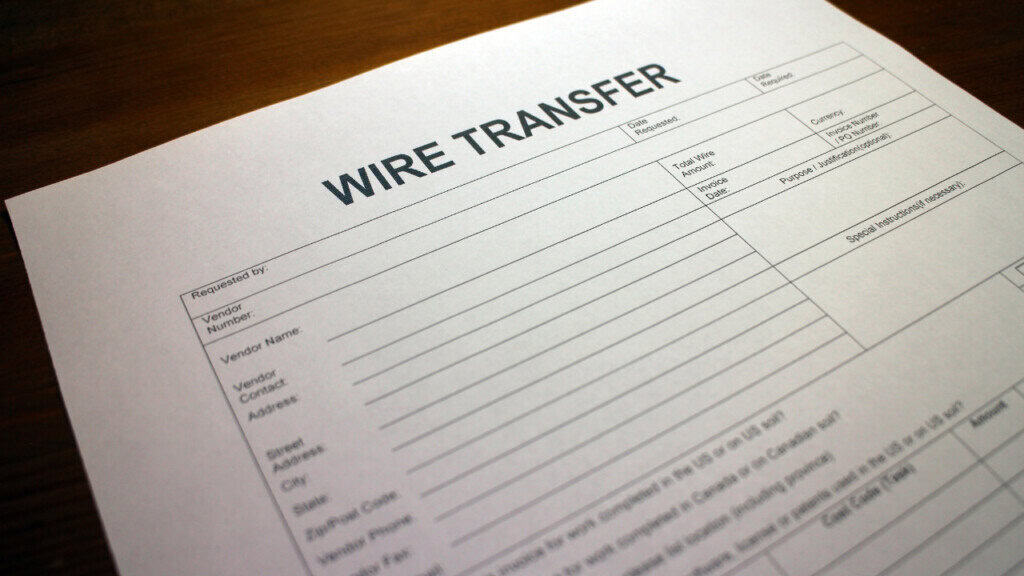
Pros:
- Familiar and reliable.
- No third-party platform needed.
- Direct connection between your business bank account and contractor.
Cons:
- ACH setup often requires collecting sensitive bank info from the contractor, and in my experience they can sometimes be hesitant or unwilling to hand this information out.
- International wires can be slow and expensive.
- Recordkeeping isn’t automatic…you’ll need a system to tag payments for 1099s.
In my experience, ACH works best for established contractors you pay regularly, where both parties are comfortable exchanging bank info. It’s not ideal if you’re dealing with many one-off or short-term contractors.
Option 2: Checks
Believe it or not, some contractors still prefer checks. I find this to be true for vendor / client relationships that are receiving hundreds of thousands of dollars. The mail float timing helps them manage their cash flow a little bit more advantageously.
Pros:
- Simple and accessible.
- No need for contractor bank details.
- Contractors can deposit how they wish.
Cons:
- Slow and inefficient.
- Easy to lose track of payments. This is doubly so if the contractor receives the check, and doesn’t deposit it for 85 days which can be burdensome for forecasting.
- No built-in reporting for tax season.
From a CPA’s perspective, I usually advise against relying on checks as your main method. They can make reconciliations time consuming. Still, in rural areas or for older contractors, checks sometimes remain the easiest solution.
Option 3: Digital Payment Platforms (Melio, PayPal, Venmo Business, etc.)
This is where I’ve seen the biggest shift in recent years. Platforms like Melio, PayPal, and others let businesses pay contractors digitally, often with added features for recordkeeping, scheduling, and even paying by credit card.
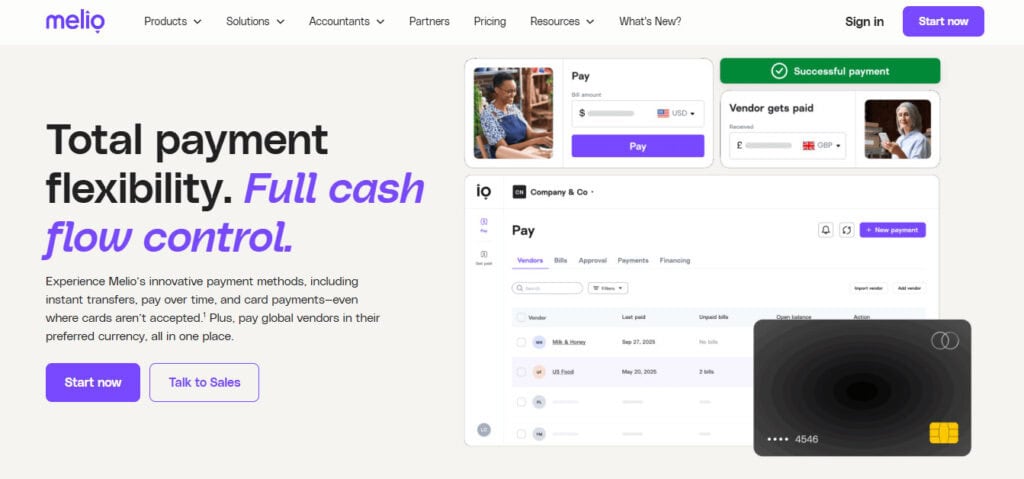
Here’s a quick comparison of the most common players:
- Melio – Designed for small businesses, integrates well with accounting tools, free ACH payments, option to pay contractors by card even if they only accept checks, and built-in 1099 tracking.
- PayPal – Widely known, fast payments, but fees can be high (especially for larger payments).
- Venmo Business – Popular with freelancers, but less suited for larger contractor payments or businesses that need reporting. I don’t like this option as it often leads to messy books (usually).
Why I Find Myself Leaning Into Melio:
As someone who’s helped clients through year-end contractor reconciliations, I’ve found Melio’s built-in 1099 tracking invaluable. It reduces the “January scramble” I mentioned earlier. On top of that, its ability to let you pay contractors by credit card (while they still receive a check or ACH) can smooth out cash flow crunches.
How to Pay Independent Contractors: Step by Step
Now that we’ve outlined the three main methods, let’s get into the nitty gritty for each. I’ll walk through these options the way I explain things to clients who come to me unsure of where to start.
Paying by Bank Transfer (ACH or Wire)
- Collect contractor details
- You’ll need the contractor’s bank name, routing number, and account number.
- Always store this securely. I advise clients not to email bank details without encryption.
- Set up the payee in your online banking system
- Most banks allow you to add payees and schedule ACH transfers directly. Every online portal will be a little different, but they mostly follow the same outline. You can also call your local banker if you possess that type of relationship with them (that’s how I ACH many of my clients).
- For one-off payments, you can sometimes just enter the details manually.
- Schedule the payment
- ACH typically takes 1–3 business days. Wires can be same-day but cost more.
- I recommend scheduling ACH payments at least a week before they’re due to avoid delays.
- Record the transaction
- Categorize it correctly in your accounting software. Tag the contractor as a vendor.
- This ensures the payment shows up in year-end reports for 1099 purposes.
A free tip: please, I am begging you, don’t mix personal and business accounts. I’ve seen clients pay contractors from personal accounts “just to get it done.” It complicates tax prep and makes your accountant’s job a nightmare.
Paying by Check
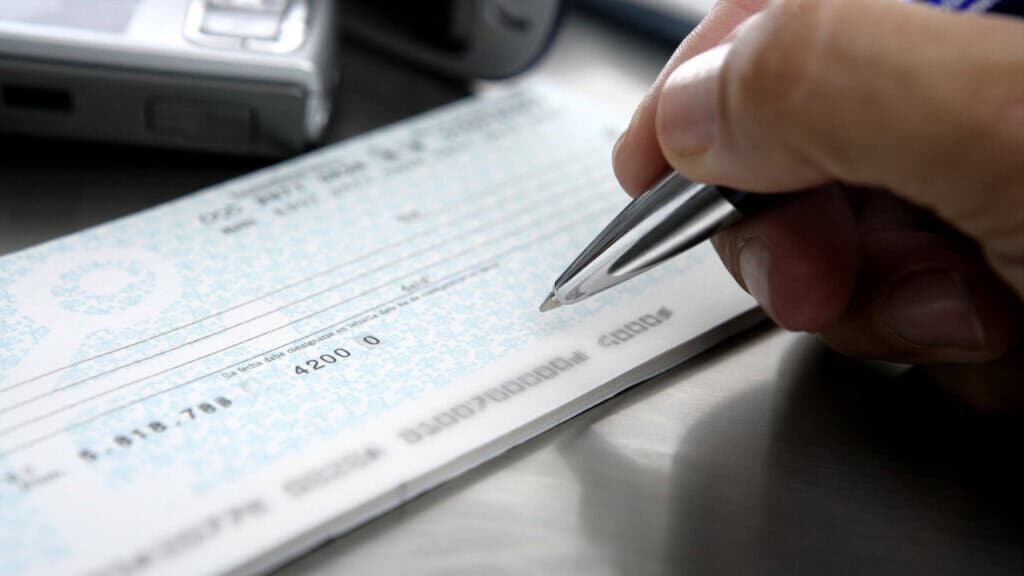
- Confirm mailing address
- Many contractors move often, especially in construction and trades. Confirm before writing the check.
- Write the check (duh)
- Use business checks, not personal ones, for tracking purposes.
- Record the check number and vendor name in your accounting system.
- Mail or hand-deliver
- Mailing adds delay and risk of lost checks. For local contractors, some businesses still hand them out on job sites. I’ve done this many times for local vendors and high value checks.
- Reconcile
- Checks may not clear for weeks. Always reconcile your bank statement so you don’t mistake uncleared checks for available cash.
If you must use checks, I recommend using them alongside an accounting platform that can print checks and track them automatically. It keeps the records clean.
Paying with Digital Platforms (My preferred method)
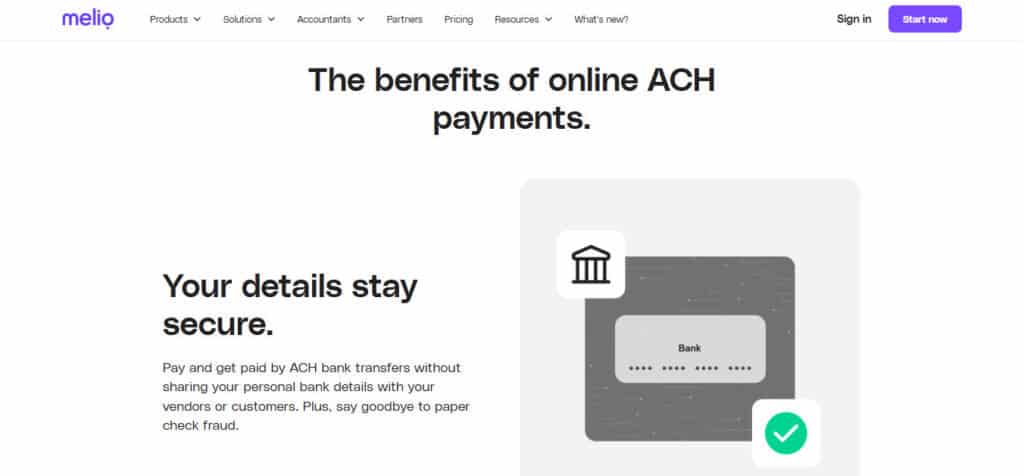
- Sign up and connect your business bank account
- For Melio, the setup is straightforward. ACH payments are free, and you can choose credit card if needed.
- Add contractors as vendors
- All you need is their email address, in theory. They don’t even need a Melio account to receive a check or ACH.
- Choose payment method
- ACH (free), credit card (small fee, but can extend cash flow), or paper check (if the contractor insists).
- Schedule payments
- You can set future payment dates so you don’t forget.
- Melio will send reminders and track everything automatically.
- Sync with accounting software
- If you use QuickBooks or Xero, Melio integrates directly. This means payments update automatically in your books.
In my opinion, the biggest value add here is the built-in 1099 reporting. If you’ve ever spent January scrambling to piece together payments across checks, Venmo, PayPal, and bank transfers, you’ll appreciate how much cleaner this makes tax season.
Common Mistakes I See
Even with good systems, many business owners trip up on compliance. Here are the top ones I see:
- Misclassifying workers
- If a worker meets the definition of an employee (regular hours, tools provided, supervision), the IRS expects them to be on payroll. Misclassification can lead to penalties.
- Not collecting W-9s upfront
- Always collect a W-9 before paying a contractor. It has their name, address, and taxpayer ID. Without it, you can’t issue a 1099 properly.
- Ignoring 1099-NEC filing
- If you pay a contractor $600 or more in a year, you must issue Form 1099-NEC. Many small business owners forget until it’s too late.
- Using personal accounts
- Paying contractors from personal bank accounts makes it harder to prove business expense deductions in an audit. Please avoid this one at all costs!
- Lack of payment documentation
- Cash payments without receipts create risk. Always document who got paid, how much, and for what service.
Hands Down, This Is Best Practice
If I had to boil this down into a checklist for clients, it would look like this:
- Collect a signed W-9 from every contractor before the first payment.
- Pay from a dedicated business account.
- Use accounting software to tag each contractor and payment.
- Choose a payment method that balances speed, cost, and recordkeeping.
- Reconcile monthly. Don’t wait until year-end.
- Plan ahead for the January 1099 deadline (31st).
Other Things To Consider: Managing Cash Flow When Paying Contractors
One of the biggest challenges I see with my clients is timing. Unlike payroll, which is predictable, contractor invoices can be lumpy: $5,000 one month, nothing the next, then $80,000 when a big project wraps up. That can strain cash flow if you’re not prepared.
Here’s how I advise businesses to handle it:
- Build a payment schedule
Don’t just react to invoices. If possible, negotiate terms like net 15, net 30, or milestone-based payments. This spreads costs more evenly. - Use credit cards strategically
Some platforms, like Melio, let you pay contractors with a credit card even if they don’t accept cards. This effectively extends your float 30–45 days, buying you time without shortchanging the contractor. - Forecast contractor expenses
Add them to your cash flow projections. Even a simple spreadsheet showing “expected contractor costs by month” gives you visibility. - Separate operating cash from contractor reserves
If you know a big project will require $50,000 in contractor payments, park that money in a separate account. That way, it doesn’t get eaten up by day-to-day expenses.
Cash flow issues often don’t come from lack of revenue, but from poor timing. Contractor invoices hit hard when businesses aren’t planning for them. Align your payment method with your cash flow reality.
Communication Matters
Payment isn’t just a transaction, it’s part of your relationship with the contractor. Inconsistent or unclear payments damage trust fast.
Here’s what I recommend:
- Set expectations upfront
Let contractors know how and when you’ll pay. Example: “We issue payments every Friday via ACH.” - Document everything
A simple contract or email trail that spells out payment terms avoids disputes later. - Be transparent about delays
If cash is tight and you need a few more days, most contractors are understanding if you tell them ahead of time. - Match the contractor’s preference when possible
Some will want direct deposit, others a mailed check. Using a flexible platform (like Melio) helps accommodate different preferences without creating extra work for you.
I’ve seen business relationships fall apart not because of the work quality, but because payments were late, unclear, or inconsistent. Getting this right makes you the client contractors want to keep.
Which Method Should You Choose?
To recap:
- Bank Transfers (ACH/Wire): Reliable, low cost, best for recurring contractors you trust.
- Checks: Simple, sometimes necessary, but outdated
- Digital Platforms (Melio, PayPal, Venmo Business): Flexible, modern, and efficient, especially strong on recordkeeping and tax prep.
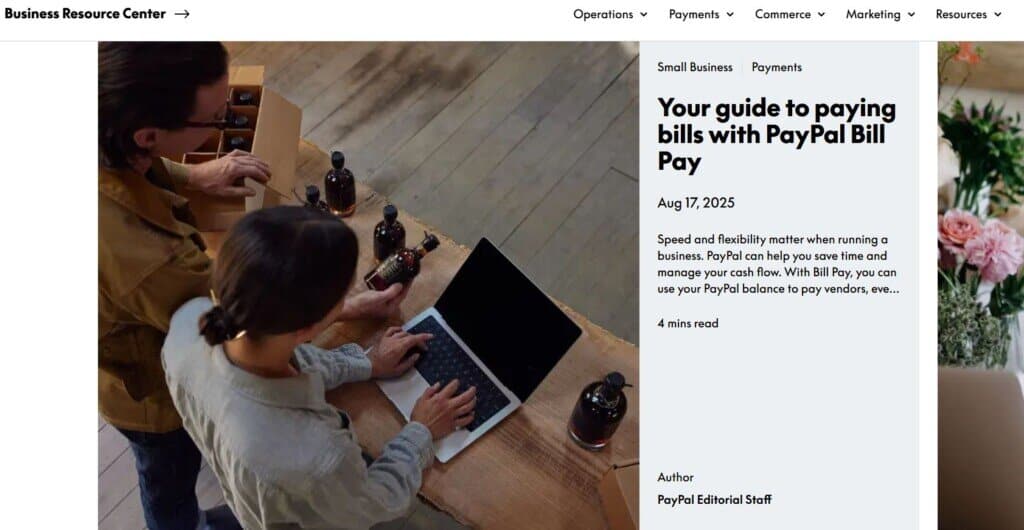
From my years of experience, most small businesses benefit most from a digital-first approach. That doesn’t mean you’ll never write a check again, but using a platform like Melio simplifies the process, integrates with your books, and takes away much of the stress around 1099 season.
Bottom Line
Paying independent contractors doesn’t have to be complicated, but it does require a system. Whether you use your bank, write checks, or adopt a digital platform, the goal is the same:
- Contractors get paid on time.
- You keep clean records.
- Tax season is smooth, not stressful.
For most of my clients, the winning approach has been moving toward digital platforms. Between free ACH transfers, the ability to pay by card, and built-in 1099 tracking, I’ve found Melio offers the best balance of flexibility, cost savings, and compliance support.
That said, every business is different. The important thing is to choose one system, stick to it, and document consistently. Do that, and you’ll avoid 90% of the headaches I’ve watched other businesses struggle with over the years.

